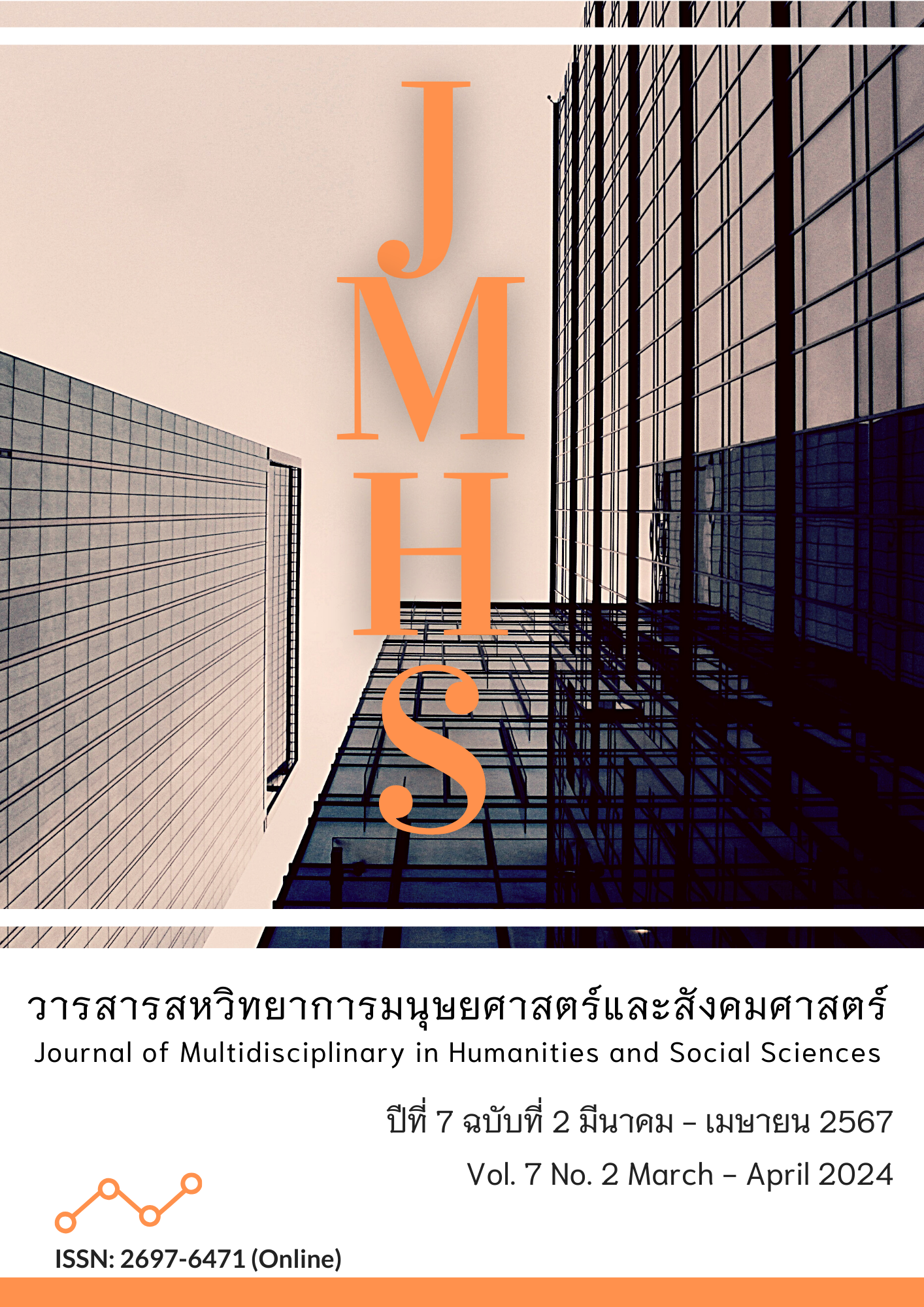Extraction and Design Transformation of Visual Symbols for Urban Cultural Heritage Branding: A Case Study of Jinan
Main Article Content
Abstract
This article explores the strategic use of visual symbols in the context of Jinan’s urban cultural heritage branding. This article aimed to study (1) the critical causal factors in developing Jinan’s urban cultural heritage, including historical relics, traditional arts, and urban landmarks. (2) Analyze how to extract Jinan’s urban historical and regional cultural symbols into effective brand visual elements and subsequent design transformation. (3) Constructed a model of Chinese urban cultural heritage branding.
This study uses mixed research methods, including questionnaire surveys, focus groups, cultural intention cognitive experiments, and Saussure's two-axis analysis. Through these methods, we measure public perception and evaluate how these symbols contribute to Jinan's brand image and convey its cultural heritage. The study selected seven experts and eight focus group members as participants and invited 150 audiences to participate in the artistic intention cognitive experiment. The findings highlight the importance of visual symbols in urban cultural heritage branding.
The research results are as follows:
1. The research data strongly shows that the sample selected by the audience group is consistent with the goals of the Jinan Urban Cultural Tourism Development Outline.
2. Reflects on the effectiveness of visual symbols in promoting the Jinan city brand.
3. Design transformation and modern relevance, revealing the ability of cultural values.
Article Details

This work is licensed under a Creative Commons Attribution-NonCommercial-NoDerivatives 4.0 International License.
Views and opinions appearing in the Journal it is the responsibility of the author of the article, and does not constitute the view and responsibility of the editorial team.
References
Amen, M. A., & Nia, H. A. (2021). The Effect of Cognitive Semiotics on The Interpretation of Urban Space Configuration. In The 4th International Conference of Contemporary Affairs in Architecture and Urbanism (ICCAUA-2021), 20-21 May 2021. Alanya HEP University, Alanya, Turkey. (pp.260-274). DOI:10.38027/ICCAUA2021227n9
Amin, A. (2008). Collective culture and urban public space. City: Analysis of Urban Change, Theory, Action, 12(1), 5-24. DOI: 10.1080/13604810801933495
Badian, N. A. (1993). Phonemic awareness, naming, visual symbol processing, and reading. Reading and Writing, 5, 87-100.
Chenguang, W. (2018). Research on extraction and application of cultural design genes based on eye movement analysis. Computer Engineering and Applications, 54(11), 217-224.
Dongnan, H. (2019). Extraction and reconstruction of Mongolian pattern elements. Packaging Engineering Art Edition, 40(6), 1-7.
Guohua, Z. (2016). Imbalance and adaptation: On the development of my country’s traditional national sports culture. Ideological Front, 6(4), 33.
Jixiang, S. (2007). Construction of urban cultural heritage protection and cultural city. CITY PLANNING REVIEW, 5, 9-23.
Joseph, J. E. (2017). Ferdinand de Saussure. Oxford Bibliographies. DOI: 10.1093/OBO/9780199772810-0003
Richards, G. (2011). Creativity and tourism: The state of the art. Annals of Tourism Research, 38(4), 1225-1253.
Xiaogang, Z. (2022). The Chinese experience and Chinese paradigm of “urban gift” ecological construction in the new cultural and creative context. Journal of Shenzhen University (Humanities and Social Sciences Edition), 39(2), 54-64.
Xilong, H., Xiaoguang, W., & Mengjuan, W. (2022). Research on knowledge outline in the field of cultural heritage. Library and Information Work, 66(22), 106.


